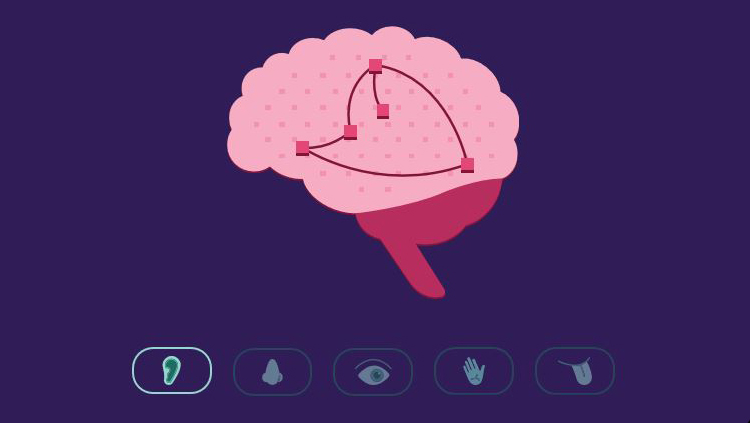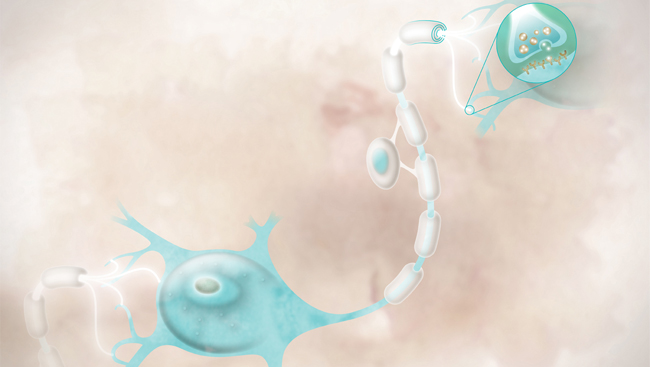How Neurons Communicate
- Neurons communicate using both electrical and chemical signals.
- Sensory stimuli are converted to electrical signals.
- Action potentials are electrical signals carried along neurons.
- Synapses are chemical or electrical junctions that allow electrical signals to pass from neurons to other cells.
- Electrical signals in muscles cause contraction and movement.
- Changes in the amount of activity at a synapse can enhance or reduce its function.
- Communication between neurons is strengthened or weakened by an individual's activities, such as exercise, stress, and drug use.
- All perceptions, thoughts, and behaviors result from combinations of signals among neurons.










